Search
Did you mean: Gades?
Search Results
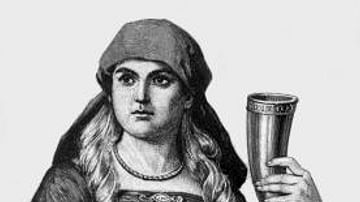
Image
Sif - Norse Goddess of the Earth
An illustration portraying Sif, a goddess in the Norse pantheon. She was associated with earth but was married to Thor, the god of the sky and thunder. Sif is a relatively little known figure who appears mainly in the Poetic Edda from the...

Image
Artemis, Goddess of the Hunt
Artemis, Goddess of the Hunt, known as the "Diana of Versailles", as exhibited in the Louvre Museum, Paris, France. 2nd century CE copied from a Greek original dating to 330 BCE.
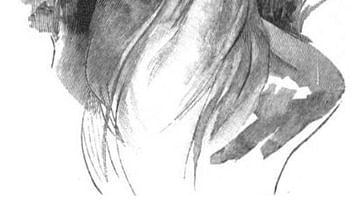
Image
Sif- Norse Goddess with Golden Hair
An illustration portraying Sif, a golden-haired goddess in the Norse pantheon. She was associated with earth but was married to Thor, the god of the sky and thunder. Sif is a relatively little-known figure who appears mainly in the Poetic...
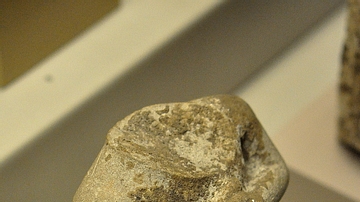
Image
Statue Dedicated to the Goddess Ninshubur
The cuneiform inscriptions on the back of this gypsum statue mention that this statue was dedicated by Enzi and his son Amar-kiku to the goddess Ninshubur at the city of Der. From southern Mesopotamia (modern-day Iraq). Early dynastic period...
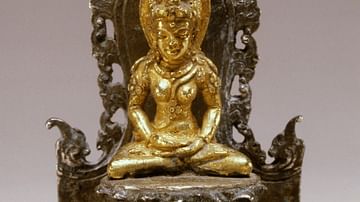
Image
The Buddhist Goddess Tara
The Buddist goddess Tara, gold and silver figure from Java, 9th century.
The Walters Art Museum, Baltimore, Maryland.
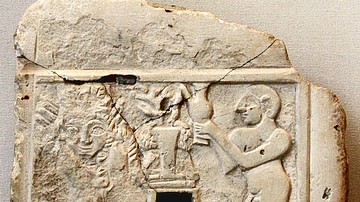
Image
Libation Offered to a Vegetation Goddess
This plaque, sculpted in low relief and featuring a hole in its center, is characteristic of the period of the archaic Sumerian dynasties, from the 3rd millennium BC. The hole was probably used to attach the plaque to a wall by means of a...
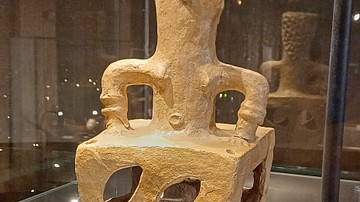
Image
Neolithic Clay Altar Figurine of a Mother Goddess
Neolithic clay altar figurine of a mother goddess from Tumba Madzari, North Macedonia, the second half of the 6th millennium BCE. Archaeological Museum of the Republic of Macedonia, Skopje. Tumba Madzari (lit. hill of the tomb) is a Neolithic...
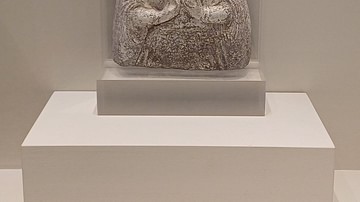
Image
Terracotta Bust of an Underworld Goddess from Pella
Terracotta bust of an underworld goddess from Pella, mid-4th century BCE. Archaeological Museum of Pella, North Macedonia. The ancient city of Pella, the second capital of the ancient Kingdom of Macedonia, was the birthplace of Philip II...
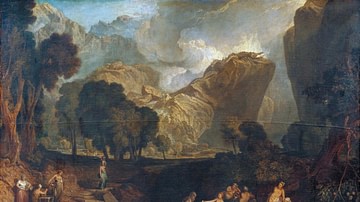
Image
The Goddess of Discord Choosing the Apple of Contention in the Garden of the Hesperides
The Goddess of Discord Choosing the Apple of Contention in the Garden of the Hesperides, oil on canvas by Joseph Mallord William Turner, 1806. In ancient Greek mythology, the Garden of the Hesperides was situated on the slopes of Mount Atlas...
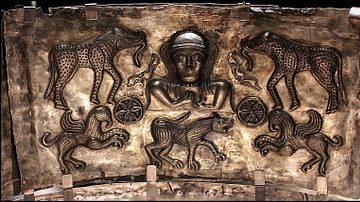
Image
Female Goddess, Gundestrup Cauldron
A panel from the Gundestrup Cauldron showing a female goddess with a wheel on either side of her. The figure may be Medb, a major Celtic goddess of territory, fertility and rulership. The figure is surrounded by exotic creatures which seem...